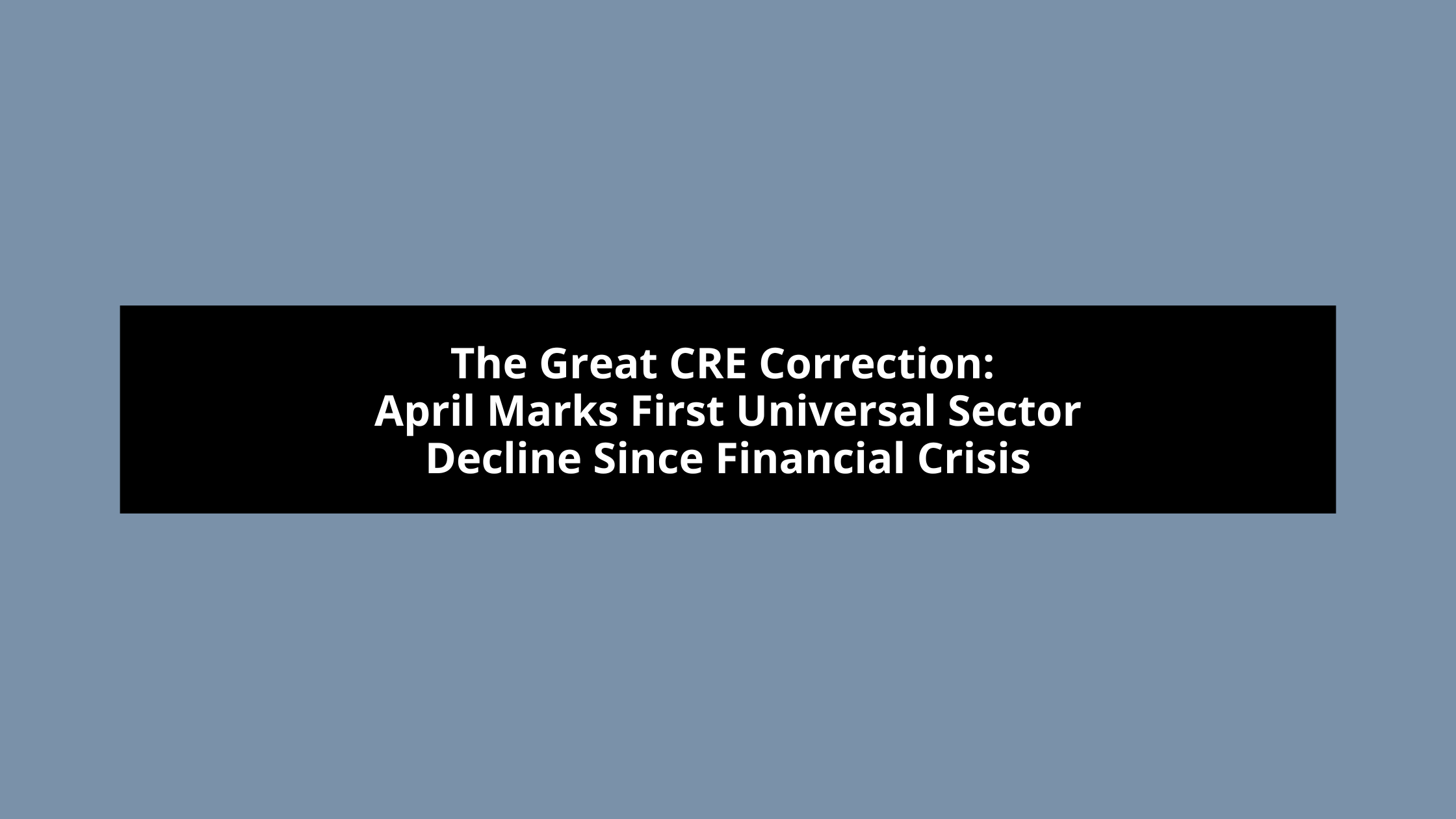From a seasoned real estate developer’s perspective, we’ve learned to keep a close eye on Federal Reserve decisions. The recent 50 basis point cut, in the federal funds rate is a game-changer for our industry, on September 18, 2024, shifting from a restrictive stance to a more accommodative one. Let’s break down what this means for those of us in the trenches of real estate development.
Understanding the Rate Cut:
- The Fed’s decision to lower the federal funds rate from the 5.25%-5.50% range is a response to mixed economic signals and recession concerns.
- For developers, this move could be the key to unlocking stalled projects and breathing new life into ambitious plans.
Impact on Real Estate Development
- Financing Costs: This is where things get interesting. Lower rates mean cheaper borrowing costs, which is music to a developer’s ears. Projects that were on the edge of feasibility might now pencil out. It’s time to dust off those spreadsheets and re-run the numbers.
- Project Viability: With potentially lower financing costs, we might see a renaissance in development activity. Projects that were shelved due to high interest rates could now be back on the table. It’s an excellent time to reassess your project pipeline.
- Land Acquisition: Lower borrowing costs could make land acquisition more attractive. If you’ve been eyeing parcels for future development, now might be the time to make your move before prices potentially rise in response to increased demand.
- Construction Loans: Keep an eye out for more favorable terms on construction loans. This could be a game-changer for getting projects off the ground, especially in markets where margins have been tight.
- Refinancing Opportunities: For existing projects, refinancing at lower rates could improve cash flow and potentially increase property values. This might be the perfect time to optimize your portfolio’s debt structure.
Strategies for Developers
- Reassess Your Pipeline: Review all projects, both active and those on hold. The new interest rate environment might change the feasibility of some developments.
- Speed Up Pre-Development: If you have projects in the pre-development phase, consider accelerating your timeline. Getting entitlements and approvals now could position you to take full advantage of the new rate environment.
- Explore New Markets: Lower borrowing costs might make it feasible to enter markets that were previously too expensive or risky. Consider expanding your geographical footprint.
- Renegotiate with Lenders: For existing projects, don’t wait for your lenders to come to you. Be proactive in discussing how the rate cut could benefit your current loans and lines of credit.
- Focus on Value-Add Opportunities: With potentially cheaper financing, value-add projects become more attractive. Look for properties that could benefit from strategic improvements.
- Stay Agile with Design: In a changing market, flexibility is key. Consider designs that can adapt to shifting market demands, whether that’s in the residential, commercial, or mixed-use sectors.
Challenges to Keep in Mind
While the rate cut is generally positive news, we need to stay vigilant:
- Market Competition: Lower rates might lead to increased competition for prime development sites. Be prepared to move quickly on good opportunities.
- Construction Costs: While financing might be cheaper, keep an eye on construction costs. Increased development activity could lead to higher demand for materials and labor.
- Economic Uncertainty: The rate cut is partly a response to economic concerns. Stay attuned to broader economic indicators that could affect demand for your projects.
- Regulatory Environment: As always, keep a close eye on local and national regulations that could impact development. In times of economic shift, regulatory landscapes can change quickly.
Looking Ahead
This rate cut could be the beginning of a new cycle in real estate development. While it presents exciting opportunities, it’s crucial to approach this shift with a balanced perspective. Here’s what I’m focusing on:
- Long-term Vision: While lower rates are enticing, remember to stick to your long-term development strategy. Don’t let short-term excitement cloud your judgment on project fundamentals.
- Partnerships: Now might be an excellent time to forge new partnerships or strengthen existing ones. Look for synergies that can help you capitalize on the changing market conditions.
- Sustainability: With potentially lower financing costs, consider investing in sustainable and energy-efficient designs. These can provide long-term value and appeal to an increasingly environmentally conscious market.
- Market Research: Stay ahead of the curve by intensifying your market research efforts. Understanding shifting demand patterns will be crucial in this new environment.
From a developer’s perspective, you’re in the business of building the future. This Fed rate cut gives you new tools to shape that future. By staying informed, agile, and strategic, you can turn this policy shift into a catalyst for innovation and growth in our industry. It’s an exciting time to be a developer – make the most of it.
About MylesTitle: MylesTitle is the brainchild of Myles Lichtenberg, Esq. Myles has been a recognized Real Estate Title Attorney and leader in the national commercial title arena for over four decades, with a base of back-office operations in both Florida and Maryland, focusing his unique practice on high-end, complex commercial and residential real estate title insurance matters.


